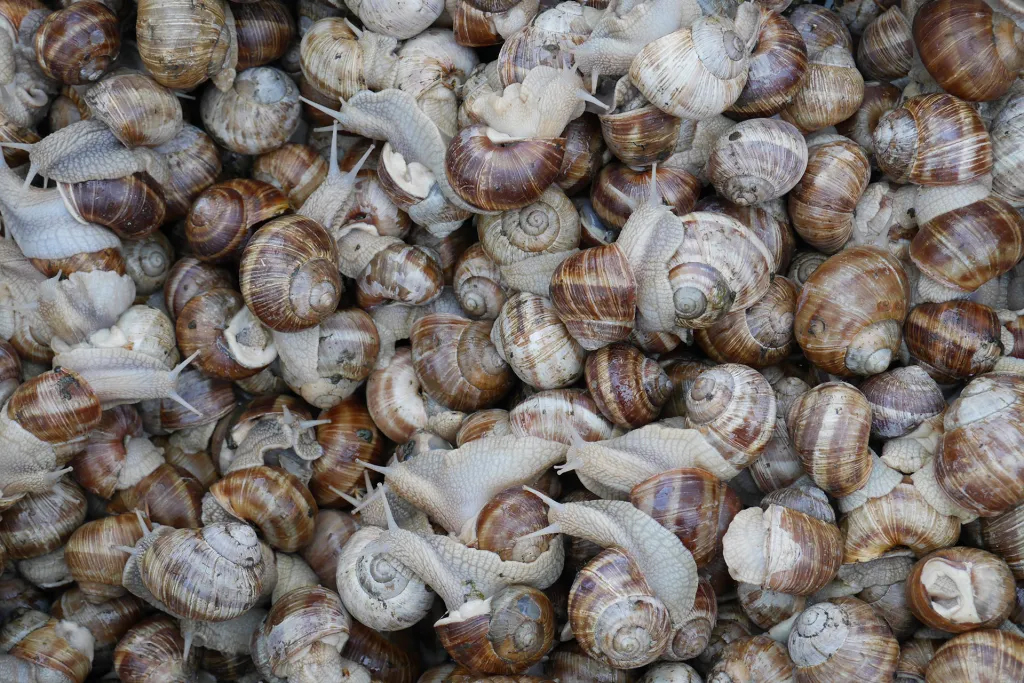Writer: Vateka Halile
At Harambee Africa we focus more on the enjoyment of food but, we have to recognise that we eat for survival, health, and peak performance.
This article focuses on the nutritional aspects of African food. Fortunately, we have an abundance of superfoods in Africa. The grains, nuts, legumes, fruits, and vegetables that are staples here mean African diets are among the world’s healthiest. What follows is a list of our favourite African superfoods and their nutritional qualities. This article is not meant to be taken as medical advice but general information about foods you can try at home.
Amaranth
Amaranth is a staple grain mostly eaten in Rwanda, where it serves as an affordable and filling source of starch. Amaranth is also rich in many essential nutrients, including fiber, protein, magnesium, phosphorus, and manganese. It can be used as a rice substitute or added to a salad with other vegetables.
Kidney beans
In South Africa, kidney beans are often combined with samp to create a meatless meal. They are a common dish in South Africa; the late president Nelson Mandela counted them among his favorites.
Several essential nutrients, including minerals, vitamins, antioxidants, and fibre, can be found in abundance in kidney beans. They have been linked to a reduction in body fat, an improvement in colon health, and a lowering of blood sugar levels.

Okra
Nigerian cuisine features the well-known vegetable okra. It has a high concentration of thickening fluid, making it ideal for enhancing the texture and flavor of sauces and soups.
Okra contains many vitamins, including vitamins K, B6, C, A, and folate.
Lentils
In a competition to determine which grain is the ‘jack of all trades’ lentils would undoubtedly come out on top. Salads, soups, and rice-based substitutes can be prepared. The Middle East is where they first gained popularity, but now you can find them on menus all over Africa.
Several minerals, including calcium, iron, potassium, and folate, can be found in lentils. Protein content is broadly in line with meat. Substituting some red meat and processed meat intake for lentils has been linked with better cardiovascular health.

Kale
Kale is a member of the brassica oleracea plant family. Kale can be cooked with mealie meal, used in salads, and blended into green smoothies. Kale comes in a variety of colors and textures, including green, purple, curly, hard, and fibrous stems. It contains proteins as well as alpha linolenic acid, an omega 3 fatty acid. Kale is a staple mostly in Southern Africa where it grows abundantly.
Snails/escargot
These are not just a French delicacy as you can find people from Cameroon, Ghana, Nigeria and South Africa enjoying snails.
In Africa, snails are also served at fine dining establishments as they are now considered a delicacy. However, they are well-liked by the general public for their meaty texture and fishy flavour. Although snails have a protein content comparable to that of pork and beef, they have a significantly lower fat content. Snails can be used in several different recipes, including soup and even salad.
Crickets
The monounsaturated and polyunsaturated fats, vitamins, minerals, and fiber in crickets make them a healthy food option. Ghana, Cameroon, Zambia, and Zimbabwe are just some of the countries where you can find them on home menus regularly. Fried crickets make a tasty snack, and grilled crickets go well with a variety of vegetables.
Crickets are high in fat, calcium, potassium, zinc, magnesium, copper, folate, biotin, pantothenic acid, and they are also a good vitamin source. Crickets have an iron content that is 180% higher than beef.

Teff
Teff is a healthy grain native to Ethiopia. Vitamin B6, zinc, magnesium, calcium, and iron, are the among many minerals and nutrients present in teff. It is gaining popularity outside of Ethiopia now since it is gluten free – and an alternative to quinoa. It works well as a thickener in stews and as a salad [boiled and strained like couscous] component when combined with fresh vegetables. In Ethiopia teff is mainly used as the flour from which injera is made. Teff has been associated with a range of benefits including better immunity and balanced hormone levels.
Avocado
Avocados can be found in nearly every African nation, including Kenya, South Africa, Ghana, Mozambique, Zimbabwe, and Malawi. Avocados contain carbohydrates, protein, monounsaturated, polyunsaturated fats, fibre, and sodium.
Avocados are mostly used to make sandwiches and salads, but they are very versatile in both hot and cold meals. They are outstanding in soups, and as a substitute for sour cream and mayonnaise.
Termites
Minerals like magnesium can be found in abundance in termites. These minerals are required for healthy bones, a robust immune system and are known to play a role in boosting metabolism.
Termites are mostly eaten by people from Zambia, Zimbabwe, Nigeria, and Congo. Incorporating them into a relish is one method of preparation that works well for termites.



